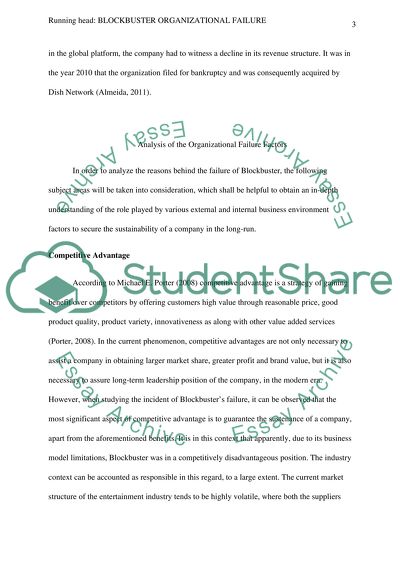Cite this document
(“Blockbuster Organizational Failure Research Paper”, n.d.)
Retrieved from https://studentshare.org/human-resources/1482638-blockbuster-organizational-failure
Retrieved from https://studentshare.org/human-resources/1482638-blockbuster-organizational-failure
(Blockbuster Organizational Failure Research Paper)
https://studentshare.org/human-resources/1482638-blockbuster-organizational-failure.
https://studentshare.org/human-resources/1482638-blockbuster-organizational-failure.
“Blockbuster Organizational Failure Research Paper”, n.d. https://studentshare.org/human-resources/1482638-blockbuster-organizational-failure.


